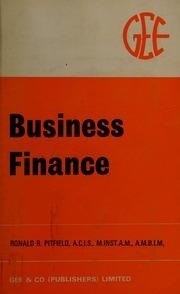
a. A bond that has $1,000 par value (face value) and a contract or coupon interest rate of 9 percent. A new issue would have a floatation cost of 7 percent of the $1,135 market value. The bonds mature in 12 years. The firm's average tax rate is 30 percent and its marginal tax rate is 25 percent b. A new common stock issue that paid a $1.20 dividend last year. The par value of the stock is $15, and earnings per share have grown at a rate of 9 percent per year. This growth rate is expected to continue into the foreseeable future. The company maintains a constant dividend-earnings ratio of 30 percent. The price of this stock is now $31, but 5 percent flotation costs are anticipated. c. Internal common equity when the current market price of the common stock is $44. The expected dividend this coming year should be $3.10, increasing thereafter at an annual growth rate of 8 percent. The corporation's tax rate is 25 percent. d. A preferred stock paying a dividend of 11 percent on a $120 par value. If a new issue is offered, flotation costs will be 12 percent of the current price of $164. e. A bond selling to yield 9 percent after flotation costs, but before adjusting for the marginal corporate tax rate of 25 percent. In other words, 9 percent is the rate that equates the net proceeds from the bond with the present value of the future cash flows (principal and interest). a. A bond that has $1,000 par value (face value) and a contract or coupon interest rate of 9 percent. A new issue would have a floatation cost of 7 percent of the $1,135 market value. The bonds mature in 12 years. The firm's average tax rate is 30 percent and its marginal tax rate is 25 percent b. A new common stock issue that paid a $1.20 dividend last year. The par value of the stock is $15, and earnings per share have grown at a rate of 9 percent per year. This growth rate is expected to continue into the foreseeable future. The company maintains a constant dividend-earnings ratio of 30 percent. The price of this stock is now $31, but 5 percent flotation costs are anticipated. c. Internal common equity when the current market price of the common stock is $44. The expected dividend this coming year should be $3.10, increasing thereafter at an annual growth rate of 8 percent. The corporation's tax rate is 25 percent. d. A preferred stock paying a dividend of 11 percent on a $120 par value. If a new issue is offered, flotation costs will be 12 percent of the current price of $164. e. A bond selling to yield 9 percent after flotation costs, but before adjusting for the marginal corporate tax rate of 25 percent. In other words, 9 percent is the rate that equates the net proceeds from the bond with the present value of the future cash flows (principal and interest)







